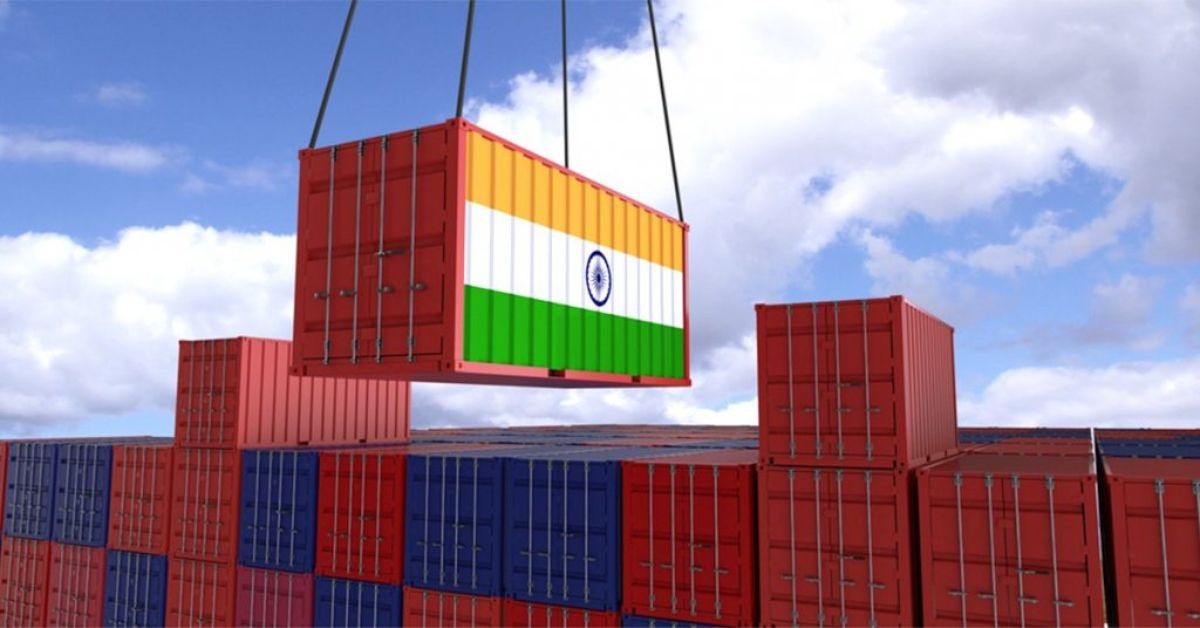In a paper released recently, NITI Aayog stated that increased tariffs imposed by the Trump administration on nations such as China, Canada, and Mexico will make Indian exports to the US more competitive. According to the Aayog’s third edition of “Trade Watch Quarterly,” India would have a lot of potential in the US market, both in terms of product volume and market size. “India is expected to gain competitiveness in 22 out of the top 30 categories (HS 2 level), representing a market size of $2,285.2 billion,” the Aayog stated.
It further explained that China, Canada, and Mexico are the leading exporters to the US in these categories, therefore higher tariffs on these countries at 30%, 35%, and 25%, respectively, will enhance India’s competitiveness. The thematic focus of this quarter’s edition is the evolving US trade and tariff structures and their implications for India’s export competitiveness.
“India’s relative tariff advantage vis-a-vis major competitors presents a strategic window to expand market share in the US market, especially in sectors such as pharmaceuticals, textiles, and electrical machinery, among others,” the Aayog said, adding that the evolving global trade environment demands agile policymaking to capitalise on new trade alignments.
The government think tank said India’s competitiveness will remain unchanged in 6 out of 30 categories, amounting for 32.8% exports to the US and 26% of the US total imports, amounting to $26.5 billion.
While for six product categories at HS 2 level, India faces a higher average tariff (between 1-3%) which can be negotiated with the US, the Aayog said, “In 78 products, accounting for 52% of India’s exports and 26% share in total US imports, India is expected to gain competitiveness.”
For 17 products (accounting for 28% of India’s export to the US) out of the top 100 products at the HS-4 level, the Aayog said India’s competitiveness remains unchanged due to no change in tariff differential.
The Aayog also pointed out that ‘India stands to gain in sectors with high tariff gaps vs China, Canada and Mexico — minerals and fuels, apparel, electronics, plastics, furniture, and seafoods in a $1,265-billion market’.
To support MSMEs and boost export competitiveness, it said the government could consider expanding production-linked incentive schemes to include labour-intensive sectors such as leather, footwear, furniture, and handicrafts.
The Aayog also called for rationalising electricity tariffs by reducing cross-subsidisation for industrial users and promoting renewable energy adoption could help lower operational costs and enhance the global competitiveness of Indian manufacturers.
It suggested that building on the model of the India-UK agreement, India should pursue a services-oriented trade deal with the US, placing strong emphasis on key sectors such as information technology, financial services, professional services, and education. “The agreement should include robust provisions for digital trade, creating a framework for enhanced cross-border service delivery,” the Aayog said.









